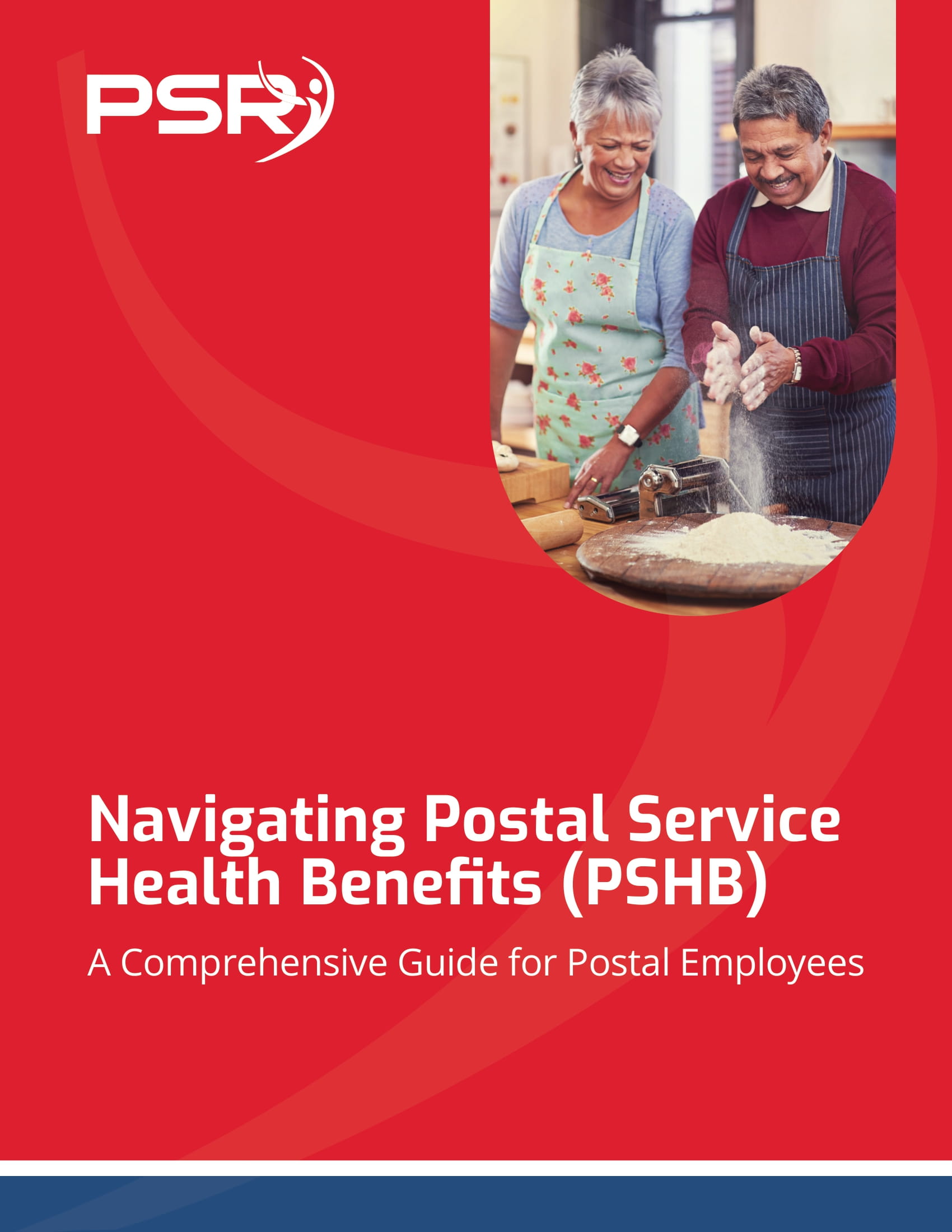Key Takeaways:
-
Small retirement mistakes can have a big impact on your long-term financial security, leading to reduced income and higher out-of-pocket costs.
-
Understanding key aspects of FERS, Social Security, and the Thrift Savings Plan (TSP) can help you avoid these costly errors and secure a more stable retirement.
The Biggest Financial Pitfalls in Federal Retirement Planning
- Also Read: Special Retirement Groups Face New Timelines—Don’t Miss Your Critical Retirement Window
- Also Read: FEHB Premiums Are Up—Here’s What You Can Do Without Losing Coverage
- Also Read: Forgetting to Elect a Survivor Benefit Can Leave Your Spouse Without a Penny
Here are three costly retirement mistakes federal employees make that could significantly impact long-term financial security.
1. Misjudging Your High-3 Average Salary and Pension Calculation
Your FERS annuity is based on your High-3 average salary, which is the highest average annual basic pay over any three consecutive years of service. This seems straightforward, but many employees don’t realize how their final years of employment affect their pension.
Why This Matters
If you plan to retire at a specific date but your highest-earning years haven’t yet fully calculated into your High-3, your pension may be lower than expected. Additionally, if you transition to a lower-paying position before retirement, it could reduce your High-3 calculation, resulting in a smaller annuity.
How to Avoid This Mistake
-
Plan your retirement date carefully. Work long enough to ensure your highest earnings are included in the High-3 period.
-
Avoid downgrading positions too soon. If you take a lower-paying role late in your career, understand how it impacts your pension calculation.
-
Consider additional years of service. If your High-3 isn’t where you want it to be, extending your service by just a year or two can make a significant difference.
-
Track your earnings regularly. Regularly review your federal earnings statement to ensure accurate salary calculations.
-
Seek guidance from HR or a financial planner. A professional can help you strategize for the highest pension benefits.
2. Underestimating the Impact of Delayed Social Security Benefits
Many federal employees believe they should start collecting Social Security at age 62, but this can be a costly decision. While it might be tempting to claim benefits as soon as you’re eligible, doing so can significantly reduce your monthly payments.
The Financial Reality of Claiming Too Early
If you start collecting Social Security at 62, your monthly benefit is reduced by up to 30% compared to what you’d receive at your Full Retirement Age (FRA), which is 67 for those born in 1960 or later. Delaying benefits until age 70 increases your monthly payment by 8% per year beyond FRA.
How This Affects Federal Retirees
-
If you rely heavily on Social Security for retirement income, starting early could leave you with significantly lower benefits for life.
-
Federal retirees also need to consider the Windfall Elimination Provision (WEP) repeal in 2025, which means Social Security benefits will no longer be reduced for those with a FERS pension. This change could make delaying Social Security even more beneficial.
-
Delayed benefits can also help you avoid early retirement penalties, ensuring a stronger financial foundation.
-
If you are married, spousal benefits may be impacted based on when you claim Social Security.
A Smarter Approach
-
If possible, delay collecting Social Security until at least FRA (or longer) to maximize your monthly benefit.
-
Consider using your FERS pension and TSP withdrawals to bridge the gap if you delay Social Security.
-
Review your estimated benefits with a financial professional to understand the long-term impact of your choices.
-
Factor in healthcare costs when deciding when to claim Social Security.
-
Look at tax implications of receiving benefits earlier vs. later.
3. Ignoring the Thrift Savings Plan (TSP) Withdrawal Strategies
The TSP is a key pillar of your retirement income, but many federal employees don’t have a proper withdrawal strategy in place. This can lead to paying higher taxes, depleting savings too quickly, or missing out on potential investment growth.
The Common Withdrawal Mistakes
-
Withdrawing too much too soon: Taking large withdrawals early in retirement can push you into a higher tax bracket, increasing the taxes you owe.
-
Failing to plan for Required Minimum Distributions (RMDs): Beginning at age 73 in 2025, you must take annual withdrawals from your TSP, or you’ll face steep IRS penalties.
-
Not considering Roth vs. Traditional TSP withdrawals: Traditional TSP withdrawals are taxed as income, whereas Roth TSP withdrawals are tax-free in retirement. Not planning which to withdraw from first can cost you money.
-
Not rebalancing investments appropriately. Many retirees keep risky asset allocations that could lead to financial loss.
-
Neglecting inflation impact. If you withdraw without factoring inflation, your savings might not last as long as you need them to.
How to Withdraw Wisely
-
Use a sustainable withdrawal strategy. The 4% rule (withdrawing 4% of your balance annually) is a good starting point, but customize it based on your needs.
-
Plan around taxes. Be strategic in withdrawing from Traditional vs. Roth TSP accounts.
-
Factor in RMDs. Start planning your withdrawals in your 60s so you’re not forced into large taxable withdrawals later.
-
Diversify withdrawal sources. Utilize your FERS pension, Social Security, and TSP in a way that minimizes financial risk.
-
Consider longevity risk. Ensure your withdrawals are designed to sustain your lifestyle for decades.
-
Consult a retirement specialist. A financial planner can help you structure your withdrawals efficiently.
Protecting Your Federal Retirement From Costly Mistakes
Avoiding these mistakes requires careful planning and a solid understanding of your federal retirement benefits. Maximizing your High-3 salary, delaying Social Security wisely, and managing your TSP withdrawals can significantly improve your financial security in retirement.
With so many moving parts in federal retirement planning, working with a licensed agent listed on this website can help you navigate your options and make informed decisions that ensure a stable financial future.












